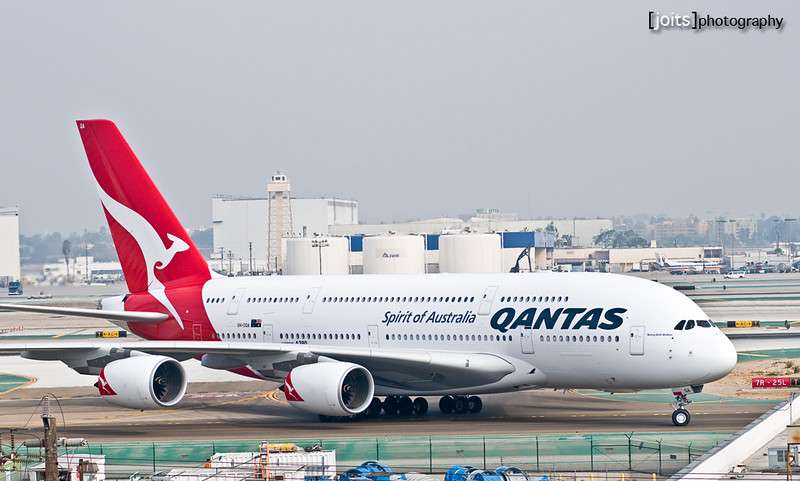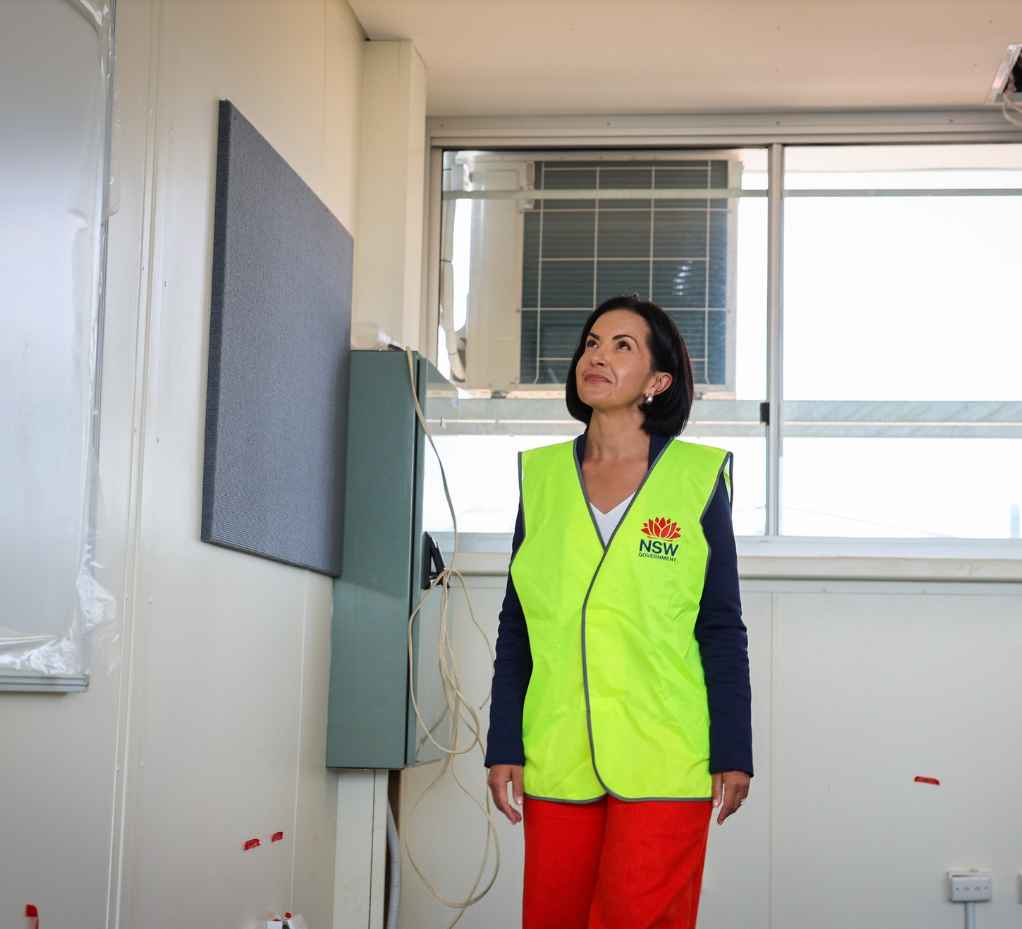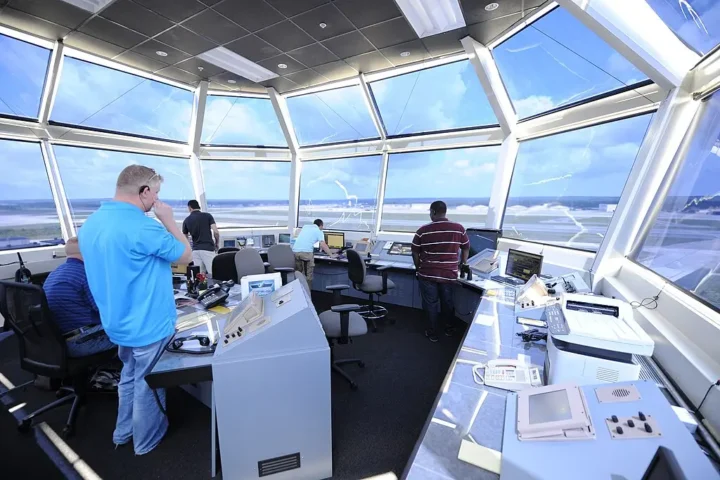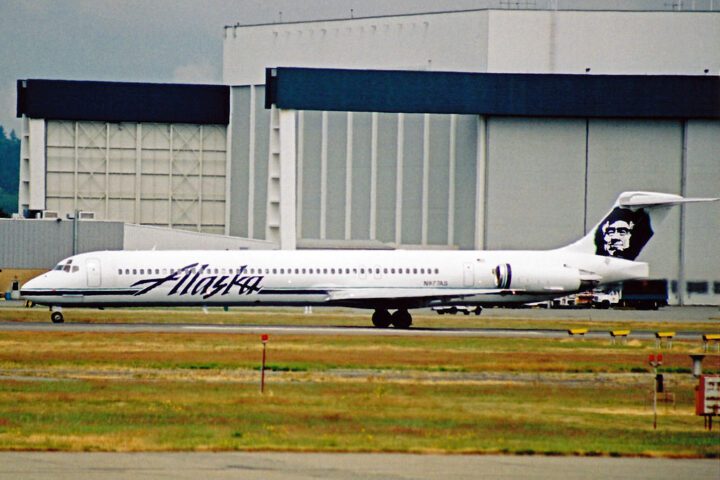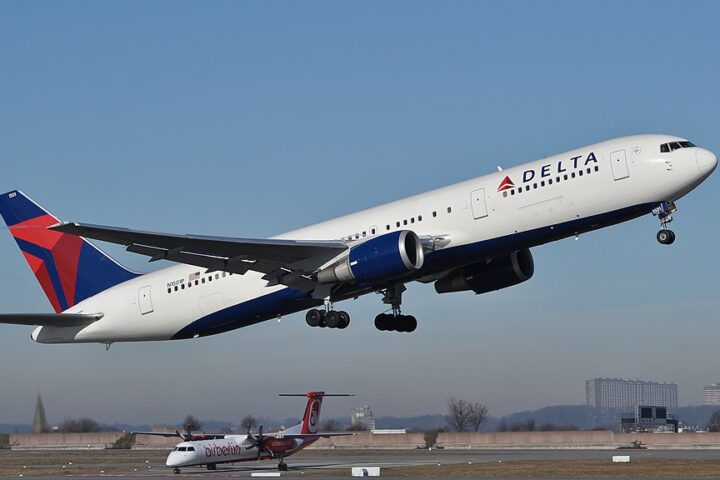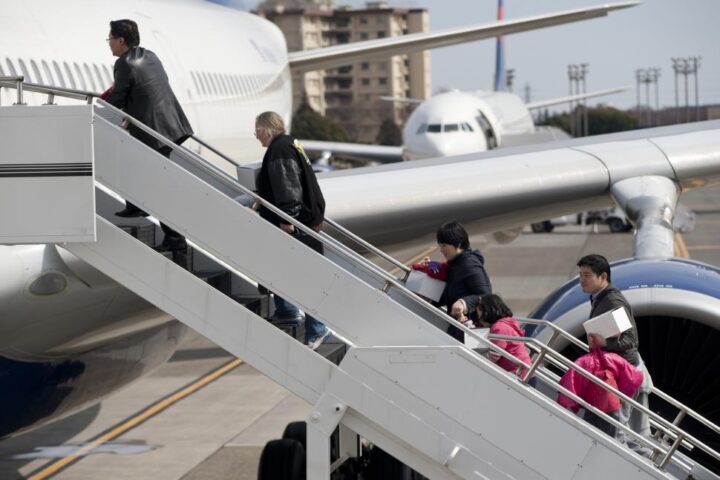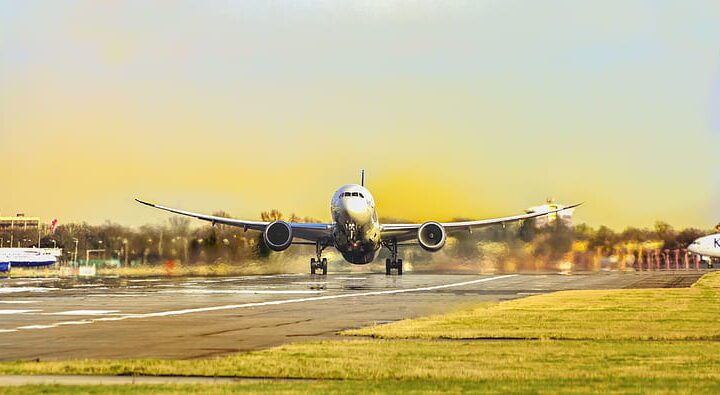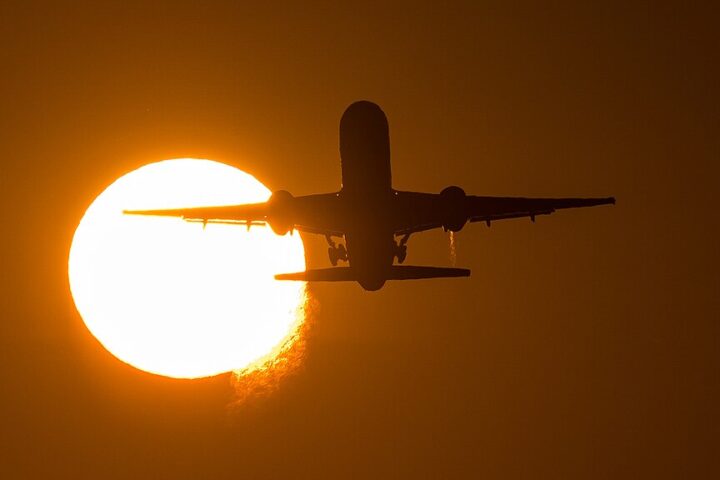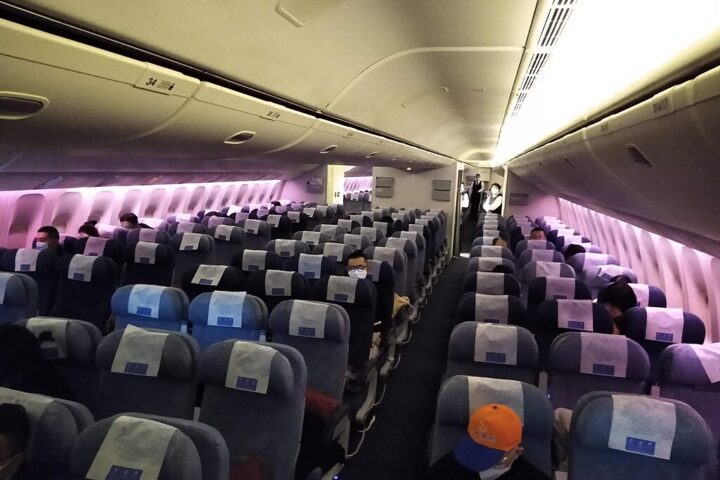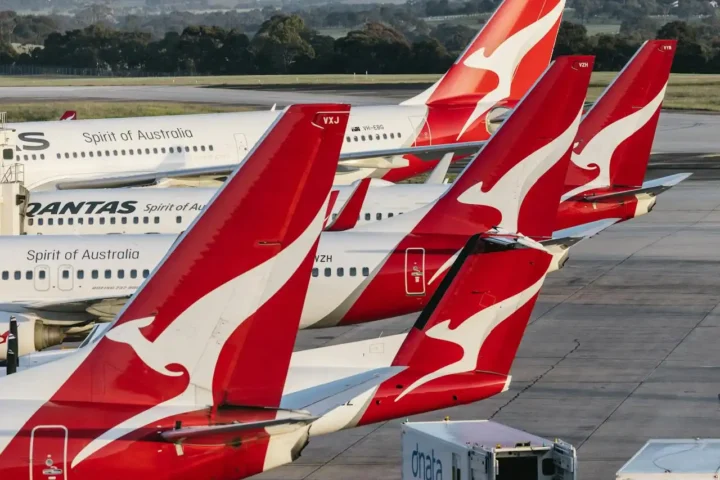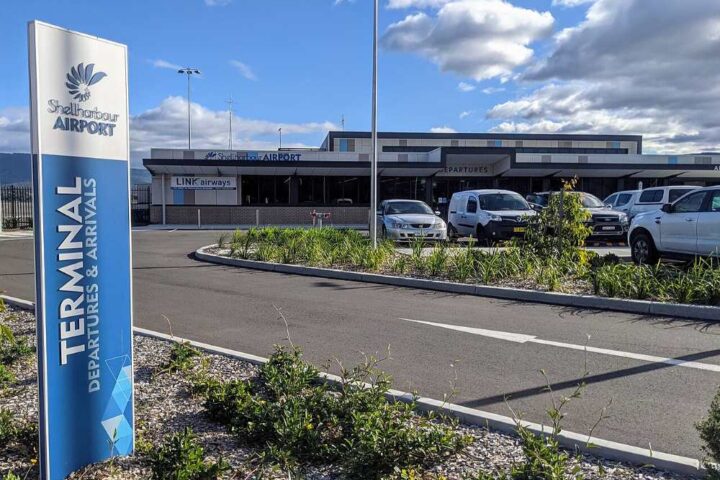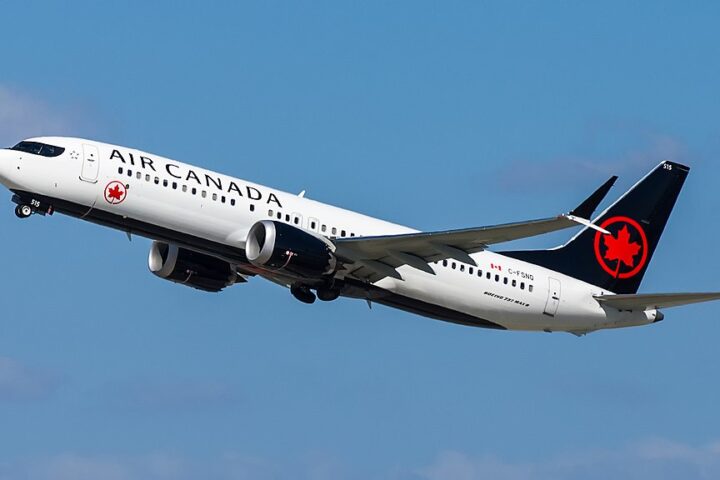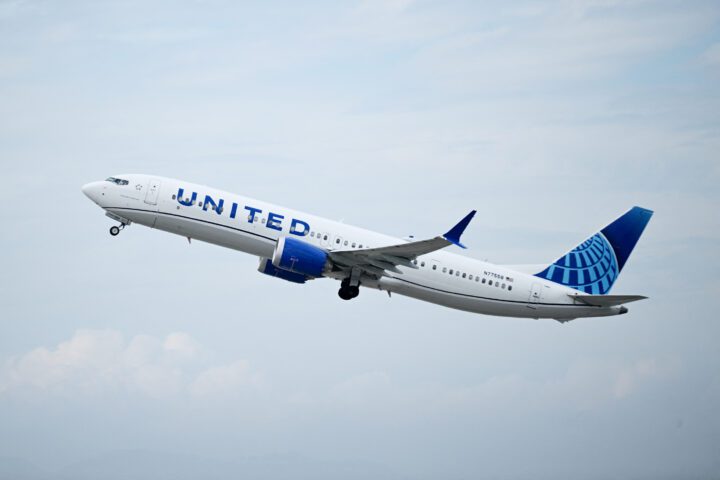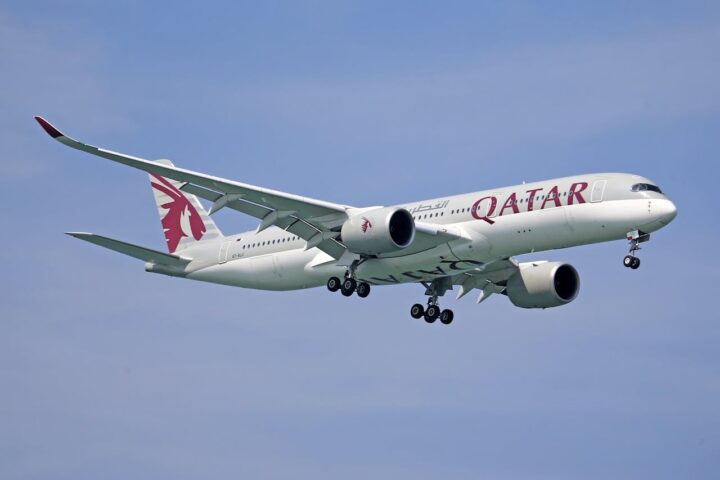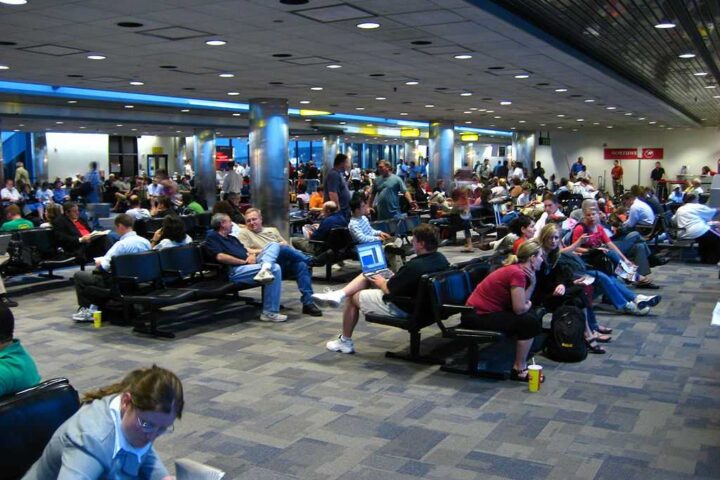A Qantas flight from London to Singapore made a diversion in Azerbaijan, leaving about 400 passengers stranded overnight. The Airbus A380 (Flight QF2) diverted to Baku on June 9, 2025, when a woman in her 60s suffered a severe heart problem eight hours into the journey.
Doctors on board helped the woman before landing at Heydar Aliyev International Airport. She was taken to a local hospital immediately after arrival.
“Our QF2 service diverted to Baku due to a medical incident on-board,” a Qantas spokesperson said. “We apologize for the disruption and are working to get customers to Singapore as soon as possible.”
Passengers couldn’t continue their journey that day because the flight crew had reached their legal working hour limit. Aviation rules require mandatory rest periods for crews when these limits are exceeded to ensure safety.
Dr. Hamish Urquhart, a passenger who helped during the emergency, said: “The lady was really quite unwell and needed intravenous access while we were trying to land, which was a bit challenging.”
What Happens During an Emergency Landing?
When medical emergencies occur mid-flight, pilots must act quickly. The captain decides if an immediate landing is needed, often consulting with medical professionals on board or advisors on the ground.
The flight crew must find the nearest suitable airport, alert air traffic control about the emergency, calculate fuel needs, and coordinate with ground medical teams. Air traffic controllers give these flights top priority, clearing airspace for the quickest possible landing.
Who Pays for Emergency Landings?
Unplanned landings at airports trigger various fees. These include landing charges (based on aircraft weight), parking fees, passenger handling costs, and other services. For a large plane like the Qantas A380, these expenses add up quickly.
Airlines typically cover these costs themselves during medical emergencies. The total bill can reach thousands of dollars depending on the plane size, location, and how long it stays.
Most airports charge their standard fees even for emergency landings, though some offer discounts in certain situations. These charges help maintain runways, emergency services, and other airport operations.
Similar Posts
What Happens to Stranded Passengers?
For the hundreds of travelers on the diverted Qantas flight, the unexpected stop in Azerbaijan disrupted their plans completely. Qantas arranged hotels for everyone and worked with local officials to get temporary entry visas.
Airlines must provide certain care during diversions, including:
- Food and drinks
- Hotel rooms for overnight stays
- Transportation between airport and hotels
- Ways to communicate with family or work
- New flight bookings
The Qantas passengers were scheduled to continue to Singapore the next morning, June 10, after the crew finished their required rest.
Not an Isolated Incident
This isn’t the first Qantas plane to make an unplanned stop in Azerbaijan. In December 2022, another Qantas flight landed in Baku because of a smoke alert in the cargo hold, later found to be a false alarm from a faulty sensor.
The June 9 incident happened just days after another Qantas flight (QF9) from Perth to London diverted to the Maldives on June 5, also for a medical emergency. These cases highlight the challenges of operating very long flights, especially when unexpected problems arise.

Though flight diversions are uncommon, they happen regularly worldwide. Weather is the most common cause, followed by mechanical issues, medical emergencies, and disruptive passengers.
Airlines and airports maintain detailed emergency plans to handle these situations, keeping passenger safety as their highest priority even when flights don’t go according to plan.
